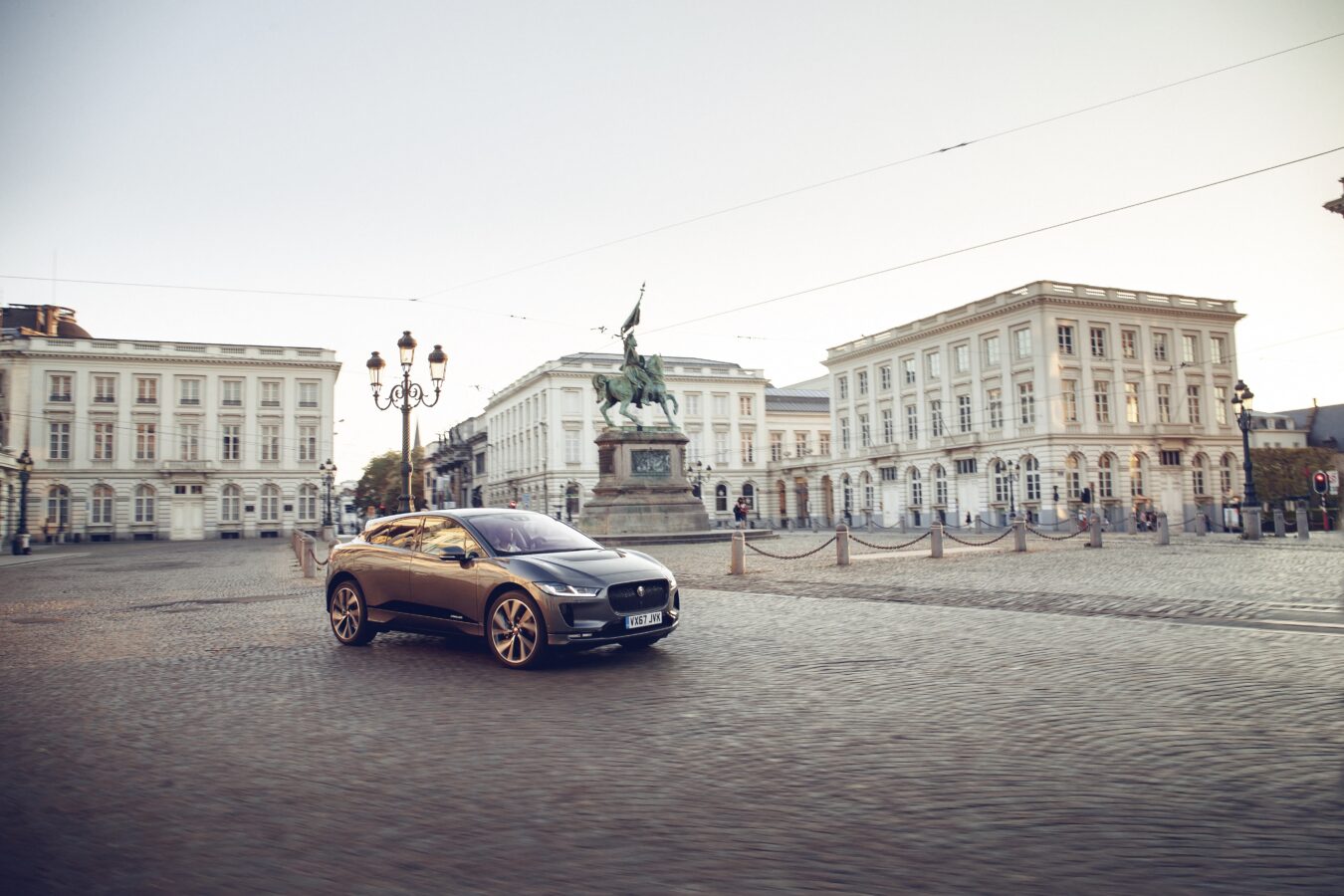What does the future of hybrid vehicles look like? It turns out that it may include brands taking lessons from the past.
Most hybrids on sale today use parallel architecture. This refers to the fact that the hybrid’s combustion engine and the battery can both power the vehicle independently – but there is another way to build a hybrid – and this category is the one to watch.
This is a so-called series architecture, where the hybrid’s combustion engine doesn’t propel the vehicle directly. Instead, the engine charges the battery via an onboard generator, which in turn powers the vehicle.
Series hybrids fell out of favour with western car makers some years back. Only a handful of options have appeared on the European and North American markets over the years – notably the Vauxhall Ampera and Chevrolet Volt – but this technology is now making a comeback under a new name: Extended-Range EVs (EREVs).
China is the global epicentre of EREVs, with the vehicle category being the fastest growing in its entire auto market. The EREV innovators are seeing insatiable demand for their cars: Li Auto, the current leader among EREV manufacturers, saw its year-on-year sales double in 2023 on its way to achieving a gross profit of $3.9bn.
The rationale for EREVs in China is very similar to plug-in hybrids (PHEVs), but the latest generation offers consumers an option that can drive solely on its battery, eliminating the tailpipe emissions associated with most day-to-day short-distance journeys. At the same time, both EREVs and PHEVs can use their combustion engines for longer trips between cities and towns, removing any range anxiety.
The latest EREVs can exploit some advantages from being a series hybrid. By eliminating the connection between engine and wheels, EREVs can be considerably leaner than a like-for-like PHEV – reducing weight and unlocking a host of new efficiencies across the vehicle. As a result, an EREV’s battery is around half of the size of its PHEV equivalent.
Currently, PHEVs need a significantly larger battery than a HEV, approaching the size of a full battery electric vehicle (BEV). EREVs allow brands to offer the same range in a much more affordable vehicle – or, as is proving popular, superior range at an equivalent price point. Manufacturers like Li Auto are thus delivering EREV models with over 1,300km of range – with over 200km possible in zero tailpipe emissions EV mode according to Chinese CLTC certification standards.
This is leagues ahead of the most successful series hybrid available in the UK right now, which can only drive for short distances using pure electric power.
The new generation of EREVs has the potential to offer superior fuel economy to PHEVs, too. Since an EREV’s combustion engine doesn’t directly propel the vehicle, it doesn’t need to constantly rev and can maintain a constant, highly efficient, engine speed. In addition, the smaller equivalent battery of an EREV allows engineers more space to pack the extensive cooling solutions required for the engine. Altogether, this means that EREVs have superior thermal efficiency and fuel economy to PHEVs.
Given the great success EREVs are achieving in the Chinese market, it’s no wonder that American and European OEMs and Tier 1 auto suppliers are now looking at them more seriously. By providing an affordable, lightweight, and efficient vehicle that can fully deliver on the promises of PHEVs, EREVs are another way to deliver electrified mobility while giving consumers the flexibility they want and expect.
Given the reticence being shown by UK consumers to adopt pure-electric models, the highly efficient next generation of EREVs – which share their seamless driving characteristics with BEVs, without the associated range anxiety – could be a perfect EV solution for many consumers.
Can Western OEMs effectively communicate the benefits of these complex and previously unpopular powertrains? Let’s wait and see.
Matthew Kirtley, Senior Account Manager, Performance Communications

















